When “More” Stopped Working
For years, curly-haired clients were told the secret to perfect definition was layers upon layers of products — creams, gels, serums, foams, oils, and finishers.
But somewhere between step seven and step nine, the joy of curl care started feeling like a full-time job.
If your bathroom shelf looks like a small apothecary, and your curls still frizz by lunchtime, you’re not alone.
Around the world — especially in humid cities like Singapore — a quiet rebellion is unfolding.
Clients are choosing less.
And stylists are calling it what it really is: the new luxury.
1 | Why “Less” Feels So Right — and Works So Well
Minimalism isn’t about doing nothing; it’s about doing only what works.
And in haircare, it’s backed by both science and sanity.
- The Overload Problem
Every product you apply adds film layers to your hair’s surface.
Some films are water-soluble (like lightweight humectants), but many — silicones, waxes, polymers — are not.
In Singapore’s 80–90 % humidity, these layers absorb water, swell, and distort the curl pattern.
That’s why overloaded hair feels heavy, dull, and greasy even when clean.
A 2023 International Journal of Cosmetic Science study confirmed that excessive occlusive film formers increase “surface stickiness” and reduce curl elasticity by up to 18 %.
1. The Scalp Connection
Your scalp is living skin.
Dermatologists note that multiple leave-in residues can disturb its microbiome, triggering itchiness or buildup.
Using fewer, cleaner formulations keeps that ecosystem balanced.
2. Cognitive Freedom
Fewer steps mean less decision fatigue.
Neuroscientists call this habit relief — the brain saves willpower for creativity, not endless choice.
Minimalism, therefore, isn’t just better for hair; it’s better for mental health.
2 | The New Luxury: Effort That Feels Effortless
True luxury isn’t abundance — it’s ease.
Think of modern architecture or haute couture: the most refined work looks simple because everything unnecessary has been edited away.
Your curl routine should feel the same.
The new definition of luxury hair is freedom of movement, not product dependency.
Stylists worldwide now talk about “editorial curls” — hair that looks naturally alive, with visible air between strands instead of clumped weight.
You can’t achieve that with overload; you achieve it with balance.
View this post on Instagram
3 | What a Minimalist Curl Routine Actually Looks Like
Step 1 | A Balanced Cleanser
Use a gentle, low-sulfate or sulfate-free shampoo that still lifts buildup.
Clarifying once every 10–14 days keeps cuticles clean so moisture can enter evenly.
Ingredients to look for: sodium cocoyl isethionate, amino acid surfactants, bamboo charcoal.
Step 2 | A Multi-Tasking Conditioner
A single conditioner that detangles, hydrates, and lightly seals can replace multiple masks and leave-ins.
Key signs of quality: balanced protein (hydrolyzed silk, rice) + humectants (glycerin, panthenol).
Step 3 | A Lightweight Styler
Choose one styler that defines and protects.
In high humidity, polymer gels with anti-frizz resins (e.g., polyquaternium-69) provide hold without stiffness.
Optional: a few drops of silicone-free oil for ends — nothing else.
Three steps. Three minutes. Three months to stability.
View this post on Instagram
4 | Why Humidity Makes Minimalism Smarter
Humid air acts like a magnifying glass on mistakes.
Every extra coating — mousse, butter, serum — creates more surface area for water molecules to cling to.
The more layers, the faster your style collapses.
Minimalism works because it lets hair breathe.
When curls have only one thin film protecting them, moisture exchange stays even.
Cuticles swell less, frizz shrinks, and your curl pattern stays visible.
It’s physics, not fashion.
5 | The Emotional Payoff: Calm Curls, Calm Mind
Ask anyone who’s simplified their routine, and they’ll tell you the same thing:
it feels like exhaling.
One Singapore client described it perfectly:
“I used to feel anxious if I skipped a product. Now I trust my hair again.”
That shift from control to confidence is powerful.
It’s the psychological equivalent of clearing your closet — only this time, the peace shows up on your head.
6 | Salon Professionals Are Leading the Minimalist Wave
Top texture specialists are rewriting consultation scripts:
instead of asking “What are you using?” they now ask “What can we remove?”
By eliminating redundancy — two conditioners doing the same job, or unnecessary oils sealing out moisture — stylists are cutting routine time by 40 % without sacrificing results.
Professional observation shows that simplified routines often improve:
- Curl definition (by 25–30 %)
- Drying time (shorter by 20 %)
- Frizz resistance (longer lasting up to 48 h)
These improvements come not from magic ingredients, but from reduced interference.
View this post on Instagram
7 | How to Start Your Own Minimalist Transition
- Audit Your Products – Lay them all out. Keep only what you can describe in one sentence: “This cleans,” “This hydrates,” “This defines.”
- Detox Period – For two weeks, use only cleanser + conditioner. Observe your hair’s baseline behaviour.
- Re-introduce Slowly – Add one styler. Track results for 7 days before adding anything else.
- Document Progress – Photos in identical lighting show real improvement; perception often lags reality.
- Trust the Process – Remember the 3-Month Rule: your scalp and strands need time to adapt to the lighter load.
8 | The Science of “Less”: What Happens Inside the Hair
Microscopy studies reveal that curly hair’s cuticle layers lift slightly at each bend.
Each open edge becomes a doorway for moisture — and for residue.
Too many different polymers and oils create mixed “stacks” that interfere with how light refracts.
That’s why overloaded curls look dull even when healthy.
Minimalism restores optical clarity: uniform films = uniform shine.
Additionally, simplified routines maintain better electrostatic balance — fewer positively charged coatings mean less friction and breakage during detangling.
9 | Nutrition and Lifestyle Count Too
Minimalism isn’t just on your shelf; it’s also in your habits.
Balanced iron, zinc, and omega-3 intake strengthen the follicle, so hair reacts less dramatically to external stress.
Proper hydration (1.5–2 L/day) keeps internal moisture gradient stable — the foundation of frizz control.
Simplicity outside supports simplicity inside.
10 | Common Myths About Minimalist Haircare
Myth 1: “More product = more protection.”
Fact: Protection depends on even distribution and compatible film chemistry, not quantity.
Myth 2: “Minimal means cheap.”
Fact: It means precision — investing in fewer, higher-performing products.
Myth 3: “Curls need heavy butters to stay defined.”
Fact: In humid air, heavy butters trap moisture and weigh curls down; lighter film-formers achieve longer definition.
11 | The Singapore Angle: Why This Trend Belongs Here
Singapore’s combination of UV exposure, air-conditioning, and near-constant humidity makes product build-up especially common.
Minimalism protects clients from “climate fatigue”: the endless fight between dry indoor air and moist outdoor air.
By focusing on breathability and routine simplicity, clients notice:
- Less frizz rebound after stepping outside
- Easier re-styling between wash days
- Greater scalp comfort and reduced itching
It’s no coincidence that tropical stylists are leading this conversation — necessity breeds innovation.
View this post on Instagram
12 | What “Luxury” Really Means Now
Luxury used to be scarcity. Then it became abundance.
Now, it’s clarity.
In beauty, that translates to:
- Clear formulas (transparent, gentle ingredients)
- Clear routines (steps that make sense)
- Clear results (predictable, reproducible, peaceful)
When your hair looks good and your mind feels light, you’ve achieved the highest form of beauty intelligence: ease.
13 | A Sustainable Side Effect
Fewer products mean less packaging waste and lower carbon footprint.
But sustainability is a bonus, not the reason.
Minimalism starts as self-care and ends as planet care — effortless, honest, aligned.
14 | The Future: Smart Formulas, Simple Choices
Cosmetic science is catching up.
Next-gen “adaptive stylers” now combine humectant and anti-frizz tech in one bottle.
Expect to see more “2-in-1 hybrid creams” that sense humidity and self-adjust — the perfect allies for minimalist clients.
But even when technology evolves, the principle remains timeless: restraint creates beauty.
15 | Closing Reflection: When You Finally Trust Your Hair
The goal isn’t perfect curls — it’s peaceful ones.
When you stop over-correcting, your hair finds its rhythm.
Fewer bottles, fewer steps, fewer doubts.
More bounce, more light, more you.
That’s what luxury looks like now.
Not clutter. Not control.
Just confidence that flows naturally — like your curls finally can.

References
- International Journal of Cosmetic Science, 2023 – “Influence of film-forming polymers on elasticity of curly hair.”
- Skin Research & Technology, 2024 – “Impact of product residue on scalp microbiome balance.”
- Journal of Applied Polymer Science, 2022 – “Humidity-response behaviour of cosmetic polymers.”
- Singapore Meteorological Service Data, 2025 – Mean dew-point averages.


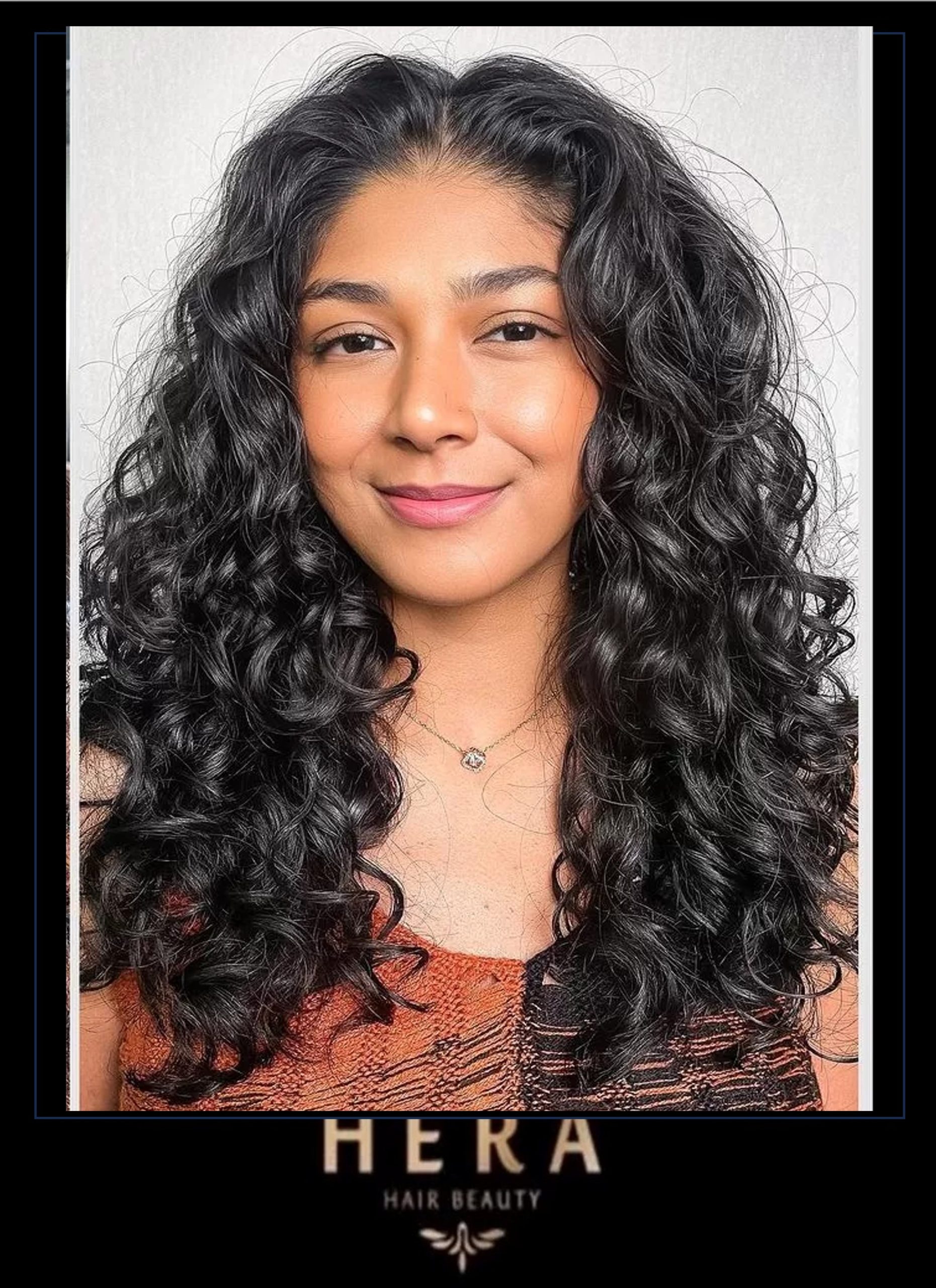
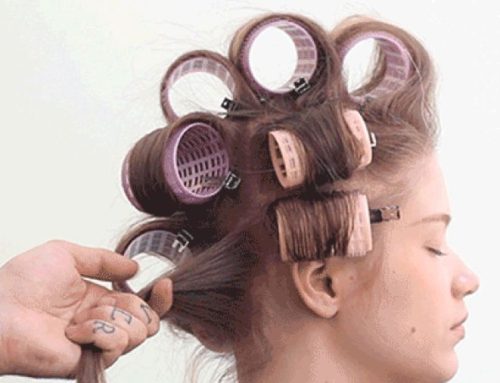
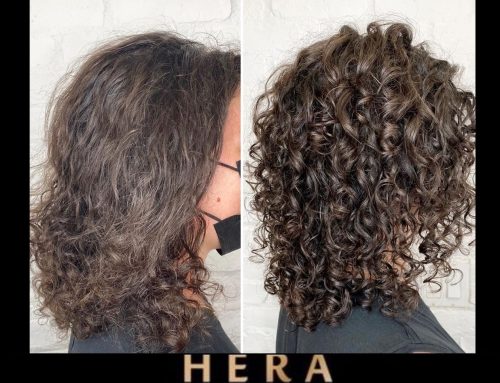
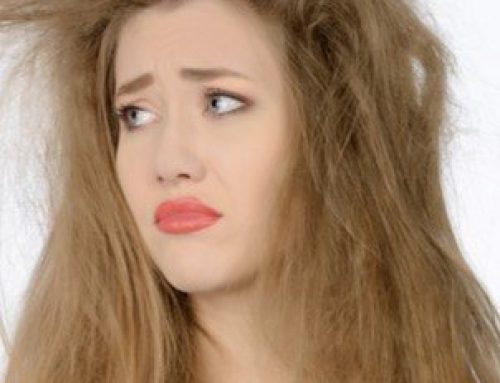
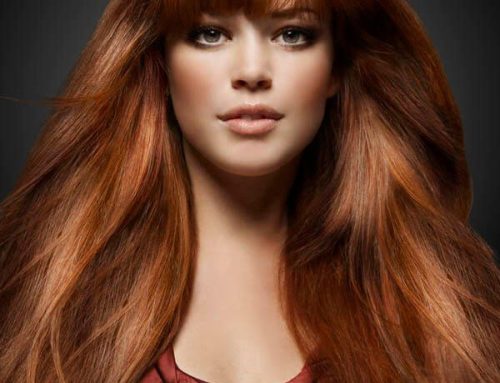

Leave A Comment